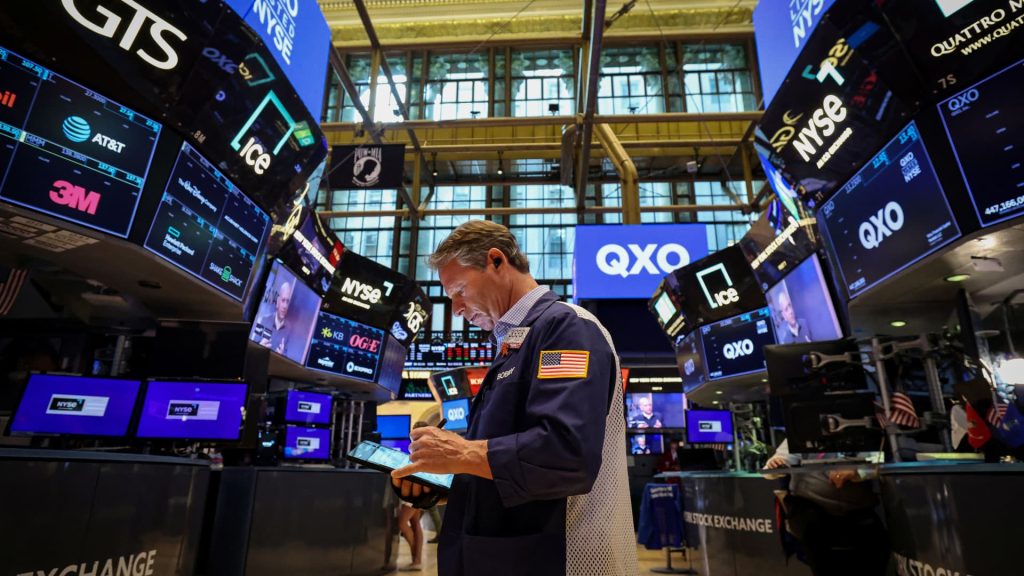U.S. Treasury yields were little changed on Friday as investors remained optimistic about the U.S. striking more trade deals on tariffs with international trade partners.
At 4:11 a.m. ET, the 10-year Treasury yield climbed less than a basis point to 4.37%. The 2-year Treasury yield moved over 3 basis points lower to 3.86%.
One basis point is equal to 0.01% and yields and prices move in opposite directions.
Investors are hoping the U.S. will strike more trade deals to bring down tariffs on international trade partners after the U.K. became the first country to secure a deal on Thursday since U.S. President Donald Trump implemented “reciprocal” tariffs in April.
A fact sheet from the White House stated that the baseline levy of 10% will remain on the U.K.
“While trade with the UK pales in comparison to trade with our neighbors to the North and South, and especially in comparison to China, it is an important test case and a model for what could be accomplished,” said Chris Zaccarelli, chief investment officer at Northlight Asset Management.
There is optimism that more trade deals will be announced, with investors looking ahead to Treasury Secretary Scott Bessent and U.S. Trade Representative Jamieson Greer set to meet their Chinese counterparts in Switzerland over the weekend. While most countries were given a 90-day tariff reprieve, U.S. levies on China have remained at 145%.
Earlier in the week, the Federal Reserve held interest rates steady in a range of 4.25% to 4.5%, in a widely expected move. Trump has been pushing Fed Chair Jerome Powell to cut interest rates and at one point threatened to fire the central bank leader.
Powell said in a post-meeting news conference that Trump’s comments have no effect “at all” on how the Federal Open Market Committee does its job. Powell also noted that Trump’s tariffs could “delay” the central bank from achieving its mandated goals.
Investors are also awaiting a slew of speeches from Fed officials on Friday, which they will scan for clues about the state of the U.S. economy and future monetary policy.
— CNBC’s Brian Evans contributed to this report.


